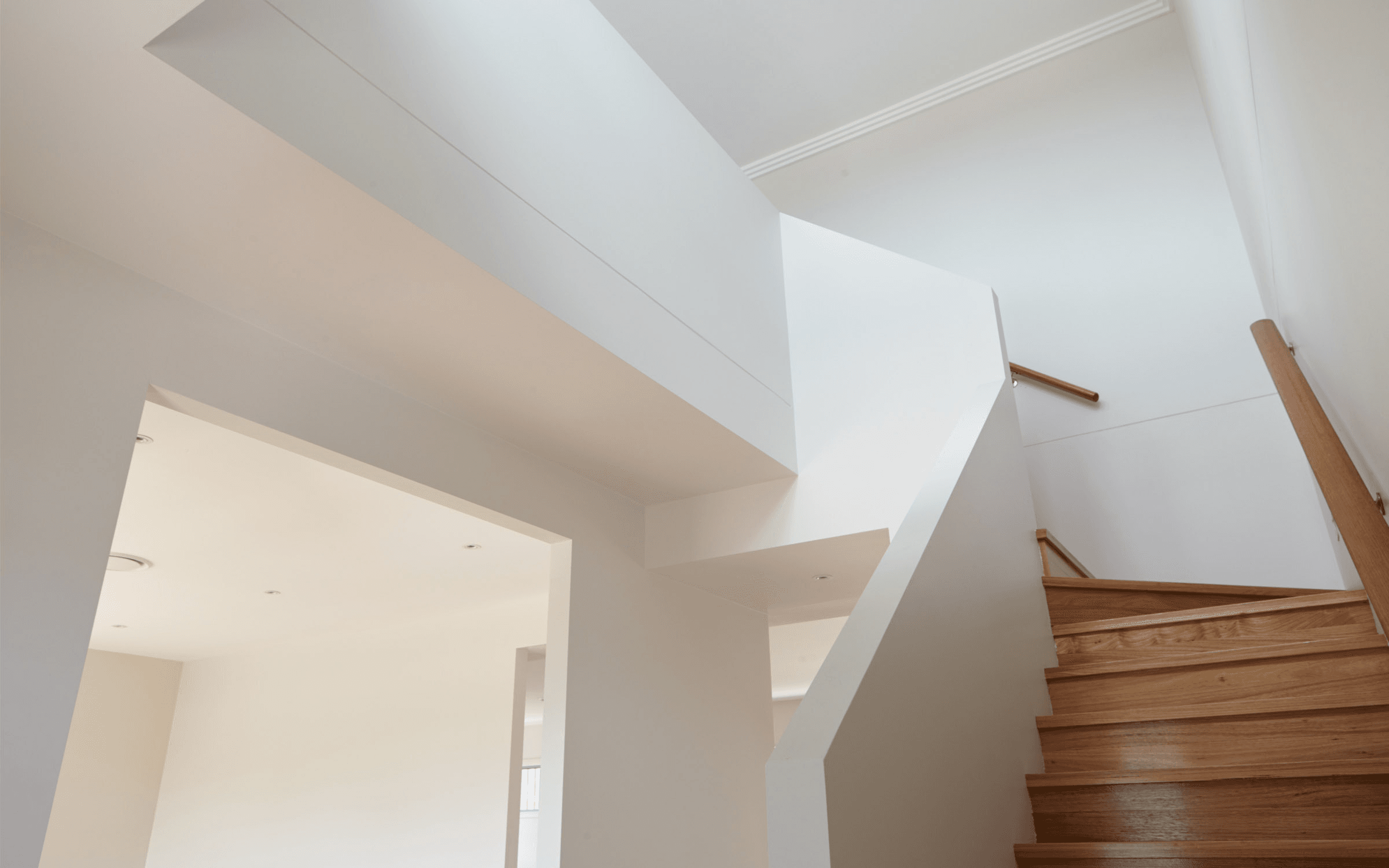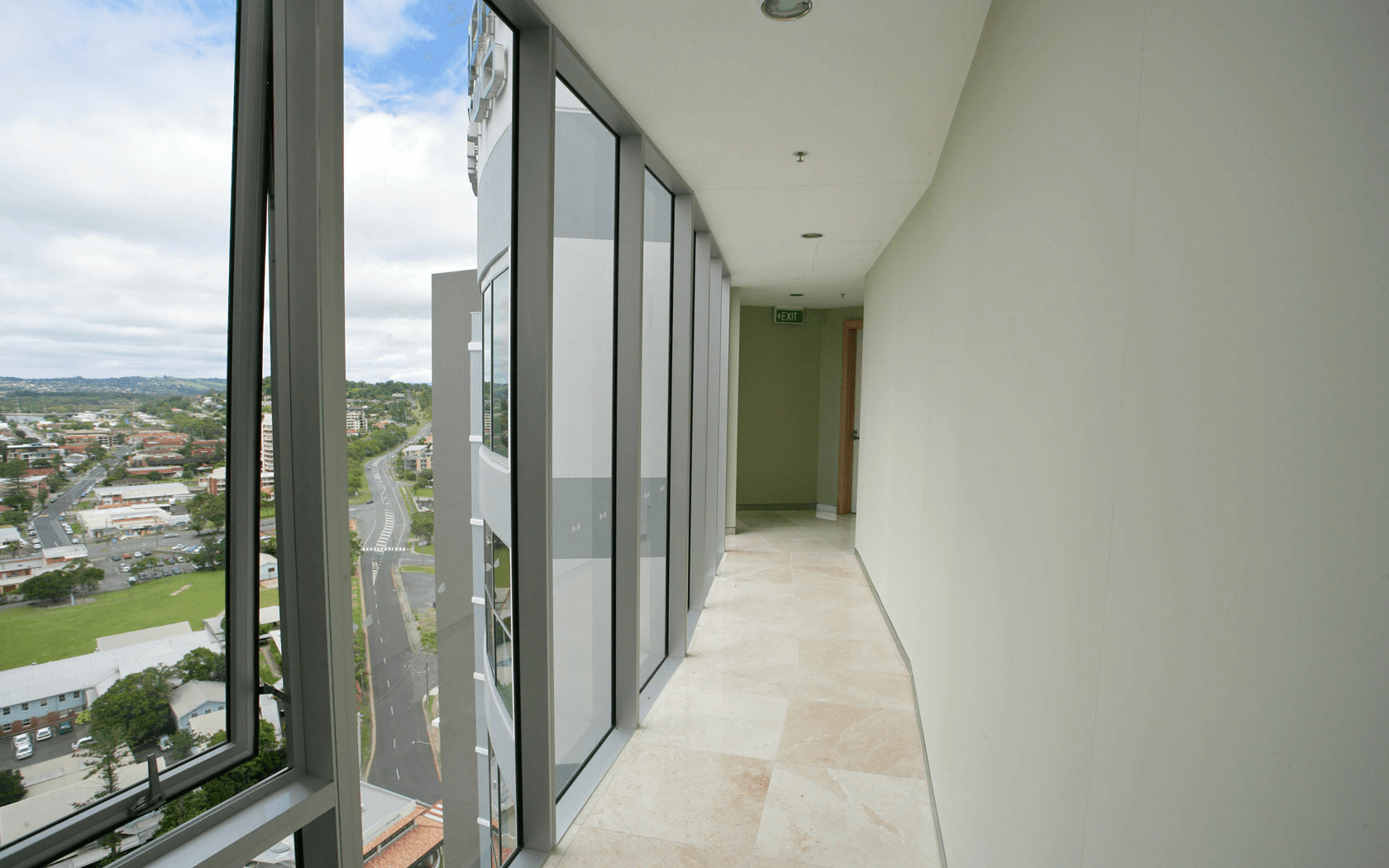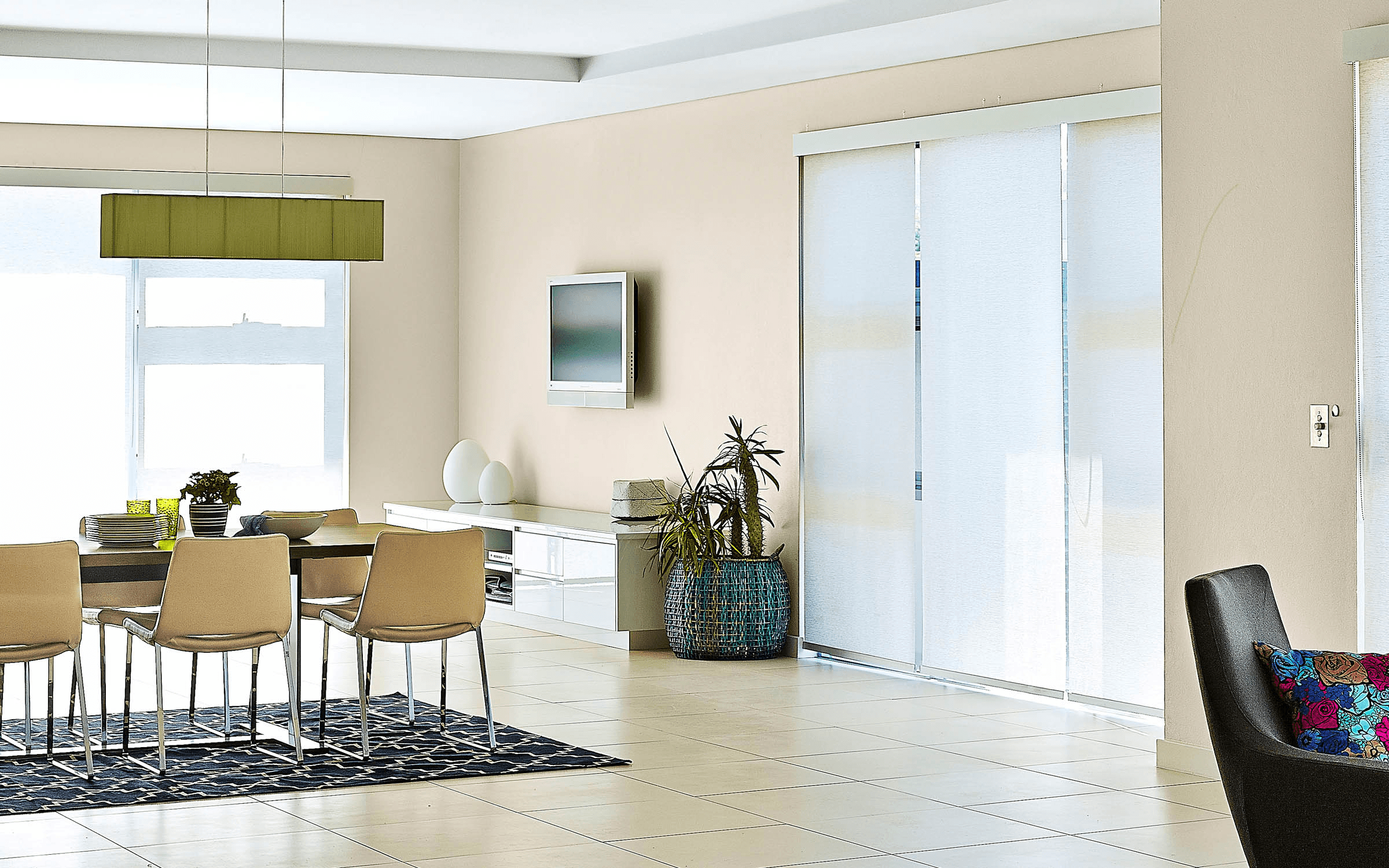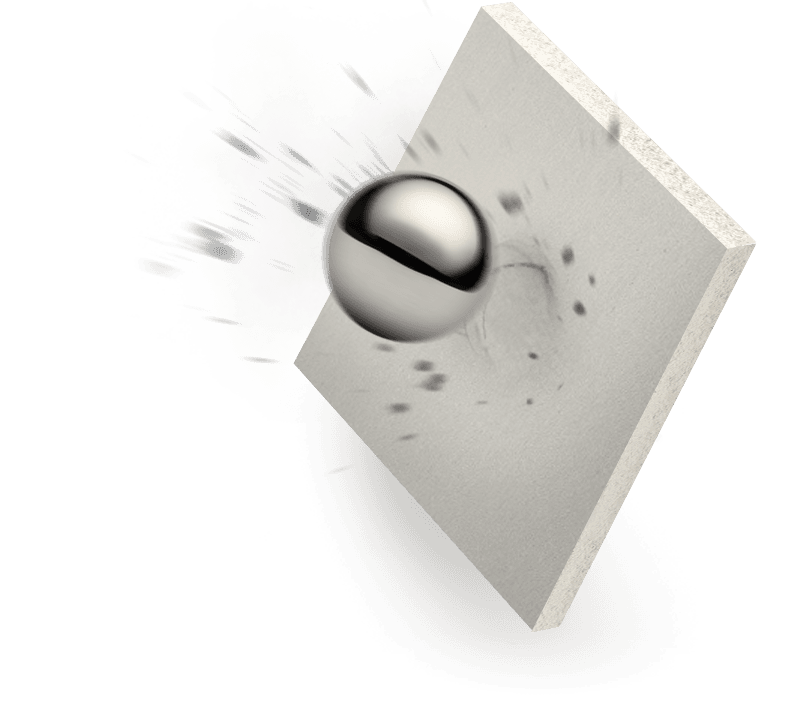The BCA includes requirements for impact resistance of wall linings in certain areas of commercial buildings to protect their structural integrity. Gyprock offers a broad range of impact resistant products and systems to help specifiers and builders meet the BCA requirements with confidence. These products can also be used to improve the performance of wall systems in areas susceptible to heavy traffic.


BCA Requirements
The Building Code of Australia (BCA) is a performance-based code published by the Australian Building Codes Board that contains the requirements for impact resistance in walls of buildings in Australia.
While there are no requirements for class 1 and 10 buildings in Volume 2 of the BCA, Volume 1 includes requirements in C1.8 Structural Tests for Lightweight Construction
- clause 3.1 "Walls of certain Class 9b Buildings" (refer below text regarding lift shaft limitations
- clause 3.2 "walls of shafts and fire-isolated exits generally"
- clause 3.3 "Additional Requirements for Lift Shafts" (refer below text regarding lift shaft limitations)
- clause 3.4 "walls generally"

Impact Testing Criteria
Gyprock products and systems are tested to ensure no cracks, penetrations or permanent surface deformation greater than 0.5mm depth or any other non-elastic deformation or fastener failure when subjected to:
Static pressure test measured as wall system deflection when subjected to an imposed UDL (uniformly distributed load) units in kPa
Dynamic impact test measured as wall system deflection when subjected to a soft impact load (sand bag test)
Surface indentation test measured lining indentation with subjected to a 10mm steel ball with a 150 N load applied for 5 minutes

Gyprock Impact Resistance Systems
Gyprock has developed a wide range of impact resistant plasterboards and systems specifically to meet the impact testing criteria for use in commercial buildings.
Gyprock ShaftWall™ systems featuring Gyprock Shaft Liner MP meet the criteria of the BCA for lift shafts and fire isolated exits.
Gyprock Impactchek™ meet the test criteria and can be used for all general applications particularly in high traffic areas such as corridors in hospitals, schools and hotels, foyers and gyms. EC08™ Complete and EC08™ Extreme are ideal for use in wet areas where additional impact resistance is desirable such as shower and changing rooms and toilets.

Tested Impact Performance
Gyprock impact resistant plasterboard products are manufactured with a heavier lining paper, and special additives to enhance the durability of their core. Typically, these products can withstand twice the discernible force of regular plasterboard products, making them ideal for high traffic areas.
Hard body impact
Hard body impact is assessed by dropping a 50mm steel ball onto the plasterboard surface from increasing heights.
Soft body impact
Soft body impact testing sees a weighted bag swung on a pendulum, striking the plasterboard surface.
